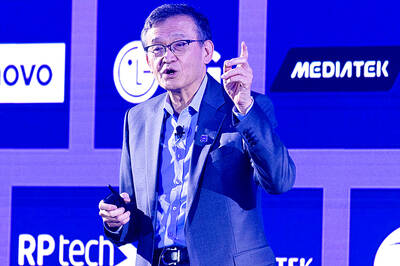The long-standing conundrum of why Coke sells more than Pepsi despite being less popular in blind taste tests may have been solved.
Scientists in Texas used a brain scanning technique to carry out a high-tech version of the Pepsi challenge and found that, when it comes to fizzy black drinks, brand love is just as important as taste.
Neuroscientist Read Montague carried out the research almost a year ago at the Baylor College of Medicine in Houston.
Volunteers were scanned by functional magnetic resonance imaging (fMRI), which can identify activity in different parts of the brain, while they blindly drank either Coke or Pepsi and told scientists which they preferred.
The results, which Montague intends to publish soon, show that different parts of the brain "light up," depending on the type of cola being drunk.
His team found that a brain region called the ventral putamen -- associated with seeking reward -- was highly active when people blindly drank their favorite cola.
However, things changed when volunteers were told what they were drinking. This time, Coke was the undisputed king and a different part of the brain was seen to be more active by the fMRI scans.
The medial prefrontal cortex, an area of the brain associated with higher thinking processes, was being used when volunteers knew what they were drinking.
According to New Scientist magazine, where the results wer reported last week, this shows that people make decisions based on their memories or impressions of a particular drink, as well as taste.
The research will come as welcome news to advertisers, for whom "brand recognition" among consumers is a highly valued commodity. The research is also the latest in the field of so-called "neuromarketing," which digs deep into consumers' minds in an attempt to work out what they like and why they like it.
Stephen Quartz, a neuroscientist at the California Institute of Technology, recently pioneered the use of neuromarketing to improve movie trailers to fit the subconscious desires of moviegoers.
Quartz put 40 volunteers into his fMRI scanner and tested their brain reactions as he projected films such as Casablanca onto a mirror suspended above their eyes. He said the technique will help movie studios predict blockbusters.

The Eurovision Song Contest has seen a surge in punter interest at the bookmakers, becoming a major betting event, experts said ahead of last night’s giant glamfest in Basel. “Eurovision has quietly become one of the biggest betting events of the year,” said Tomi Huttunen, senior manager of the Online Computer Finland (OCS) betting and casino platform. Betting sites have long been used to gauge which way voters might be leaning ahead of the world’s biggest televised live music event. However, bookmakers highlight a huge increase in engagement in recent years — and this year in particular. “We’ve already passed 2023’s total activity and

Nvidia Corp CEO Jensen Huang (黃仁勳) today announced that his company has selected "Beitou Shilin" in Taipei for its new Taiwan office, called Nvidia Constellation, putting an end to months of speculation. Industry sources have said that the tech giant has been eyeing the Beitou Shilin Science Park as the site of its new overseas headquarters, and speculated that the new headquarters would be built on two plots of land designated as "T17" and "T18," which span 3.89 hectares in the park. "I think it's time for us to reveal one of the largest products we've ever built," Huang said near the

China yesterday announced anti-dumping duties as high as 74.9 percent on imports of polyoxymethylene (POM) copolymers, a type of engineering plastic, from Taiwan, the US, the EU and Japan. The Chinese Ministry of Commerce’s findings conclude a probe launched in May last year, shortly after the US sharply increased tariffs on Chinese electric vehicles, computer chips and other imports. POM copolymers can partially replace metals such as copper and zinc, and have various applications, including in auto parts, electronics and medical equipment, the Chinese ministry has said. In January, it said initial investigations had determined that dumping was taking place, and implemented preliminary

Intel Corp yesterday reinforced its determination to strengthen its partnerships with Taiwan’s ecosystem partners including original-electronic-manufacturing (OEM) companies such as Hon Hai Precision Industry Co (鴻海精密) and chipmaker United Microelectronics Corp (UMC, 聯電). “Tonight marks a new beginning. We renew our new partnership with Taiwan ecosystem,” Intel new chief executive officer Tan Lip-bu (陳立武) said at a dinner with representatives from the company’s local partners, celebrating the 40th anniversary of the US chip giant’s presence in Taiwan. Tan took the reins at Intel six weeks ago aiming to reform the chipmaker and revive its past glory. This is the first time Tan